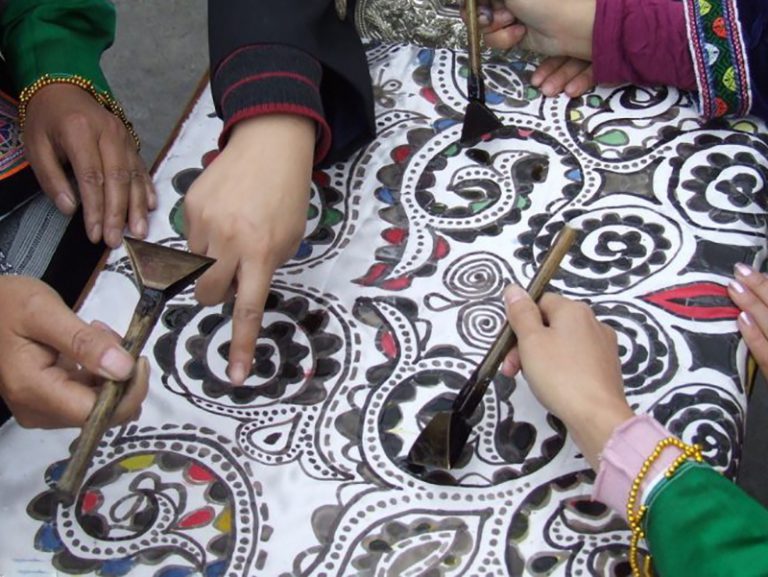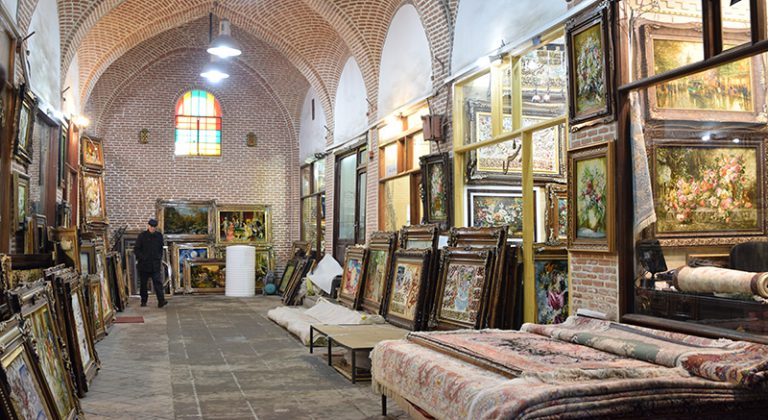Tabriz is one of the great handicraft centers of Iran. Several handicrafts like carpet, Glim, Varni, Shawl, Clay dishes, Ceramic, Leather shoemaking are producing in this province. As most featured Handicrafts of Tabriz can be named as carpet weaving, wooden arts (Khatam, moarragh …) traditional hand weaving (woolen and silk jajim), traditional printing, glass art, metal art and etc.
Tabriz Carpet: Tabriz is one of the oldest rug weaving centers and makes a huge diversity of types of carpets from third century AH. Tabriz has been a large and worldwide famous carpet making center in the Iran and the world. It played a significant role in development the rich traditions of the decorative and applied arts. Tabriz was named World Carpet Weaving City by the World Crafts Council in October 2015. The carpet making art was passed on from generation to generation and was considered the most valued heirloom.
The range starts at Bazaar quality of 24 raj (Number of knots per length of 7 cm of the widths of the rug) and on up to the incredibly fine 110 raj. Raj are the units of knot density (it shows the fitness of the rug which based on the number of strings used for the foundation of the rug. Strings materials are usually made of cotton or silk which is used for very fine rugs). The traditional topics for the Tabriz carpets are the ornamental patterns, with the following dominant background colors: cream, red or navy blue.

Tabriz has one of the most diverse displays of designs from medallion, Herati/Mahi, to figural, pictorial, and even 3-d shaped rugs. The most typical for this school are rugs and carpets grouped under the common name “Lachak turanj”. In the middle of the center field and in the corners of the carpet (“lachak”) (triangle) there are “turanj” (Citron). The turanj in the center of the carpet is a symbol of the Moon, and the pattern formed by lozenges with the toothed leaves on the edges symbolizes the scales of the fish, which rise to the surface of the water at midnight to admire the Moon reflection. The origin of this composition dates back to the 9th-10th centuries. Often the topics for the Tabriz carpets are drawn from the works of the great Oriental poets.
Kilim: Kilim is one of the famous handicrafts of Tabriz city which is made from silk, wool and goat hair. Kilim in its traditional form, is used to cover the floor, walls or as a blanket for animals but today it is used as a modern rug at urban homes.

Leather: Tabriz is a major center of leader production in the Middle East. Tabriz leather shoes are the best of kind. These handmade shoes are sold in Tabriz shoe market at Tabriz historical bazaar complex. In addition to Tabriz leather shoes, leather bags, coats gloves and etc. are very famous.
Handicrafts of Tabriz are always known as creative and unique products. One of these creative crafts are leather carpets. These products are made by combining rug, leather, patent leather and jajim. Leather carpets are used as decorative mats, beautiful tablecloths, cushions and etc. that are compatible with modern houses.

Textile production: Hand weaving textiles specially brocade and silk as one of the most famous handicrafts of Tabriz are popular from past times, in Iran and east Azerbaijan. As matter of fact Safavid period got well-known as Golden Age of Prosperity. At that time silk, golden and velvet clothes produced sample of which are being kept in Astan Ghodse Razavi museum and Esfehan museum.
Needlework: This art has been common in Mameghan, located in 50 km destination of west of Tabriz. In recent years, according to less income, artists got out of interest. But it got prosperous with cultural art organization. Except that silk was replaced by rayon.
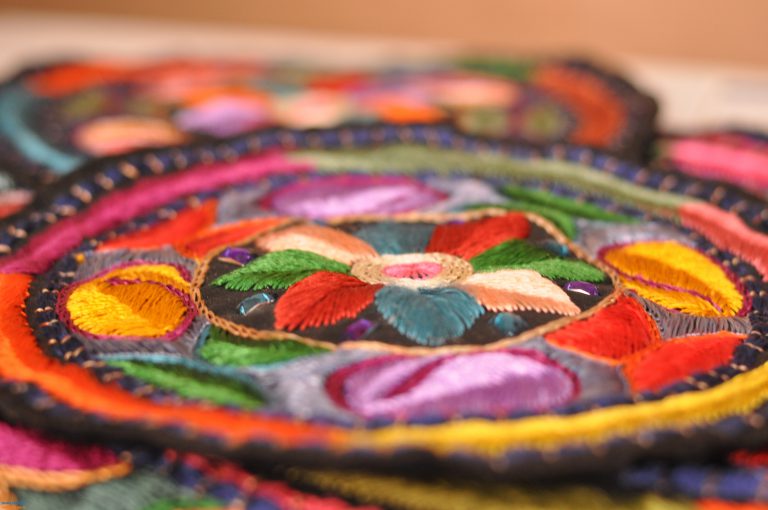
Silver work: Silver-work is a well-liked in Tabriz from years ago. Silver carving is one of the well-known Handicrafts of Tabriz and East Azerbaijan province. Silver products include jewelries, dishes, mirrors, candlesticks, picture frames and other decorative objects. Silverwork is a combination of art, technique and industry. Today, even people who did not know much about silverworks until recently are buying silver objects to decorate their homes. Before this time, silver objects had been thought of as luxuries, because of their high prices. But attitudes have changed, and today more people are decorating their homes with silverwork, which also can be a valuable family asset. Two advantages of silver objects are that they don’t break, and they are easy to maintain and clean.

Pottery and Ceramic: Ceramic productions are made in some workshops in Tabriz and Zonuz. Zonuz ceramic craftsmen use particular kind of soil. Like zonuz, ceramic industry in Shabestar has a long period experience and productions are distributed to all over the country.
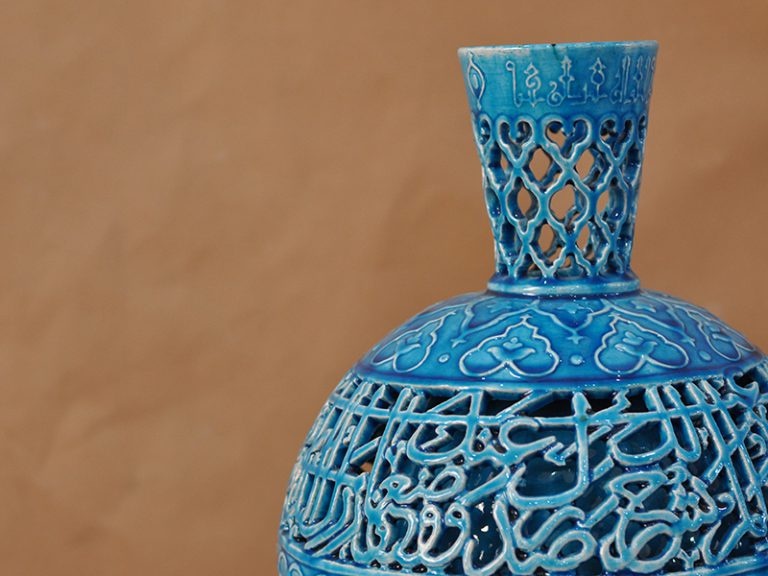
Basket weaving: What is widespread among people in Tabriz is taking basket for shopping. So it caused this art get well-liked. Flexible branches of sour cherry, willow and etc. are used for weaving basket. In Maraghe and surrounding villages, very delicate baskets are woven.
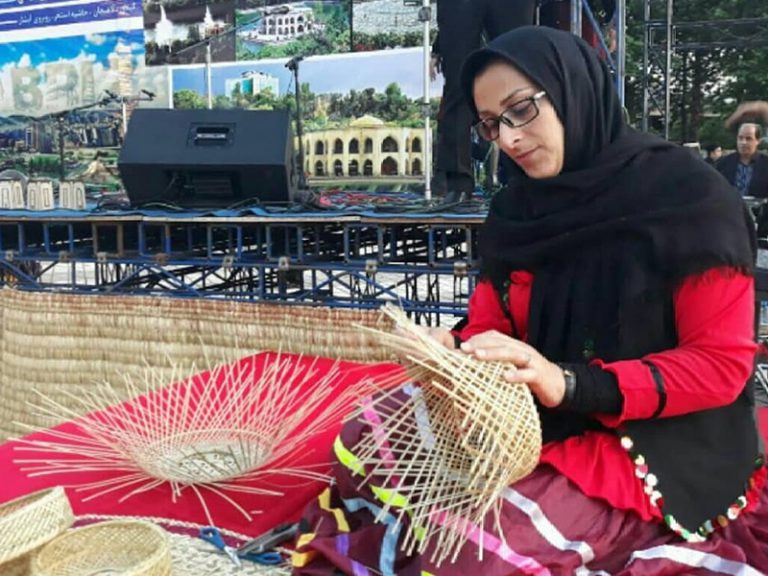
Traditional printing: Batik is a cloth that is traditionally made using a manual wax- resist dying technique, which was in used in Indonesia, Thailand, SriLanka, India and Iran. In Iran it is familiar in Tabriz and Osku by name of Kolagh that is already popular.
In this manner, Wax-resist dying in fabric, as an ancient art form in which linen was soaked in wax and scratched using a sharp tool to transfer all designs and colors on silk cloths. An especial feature is creation of line streaks and color breaks as result of fractures on cloths.
